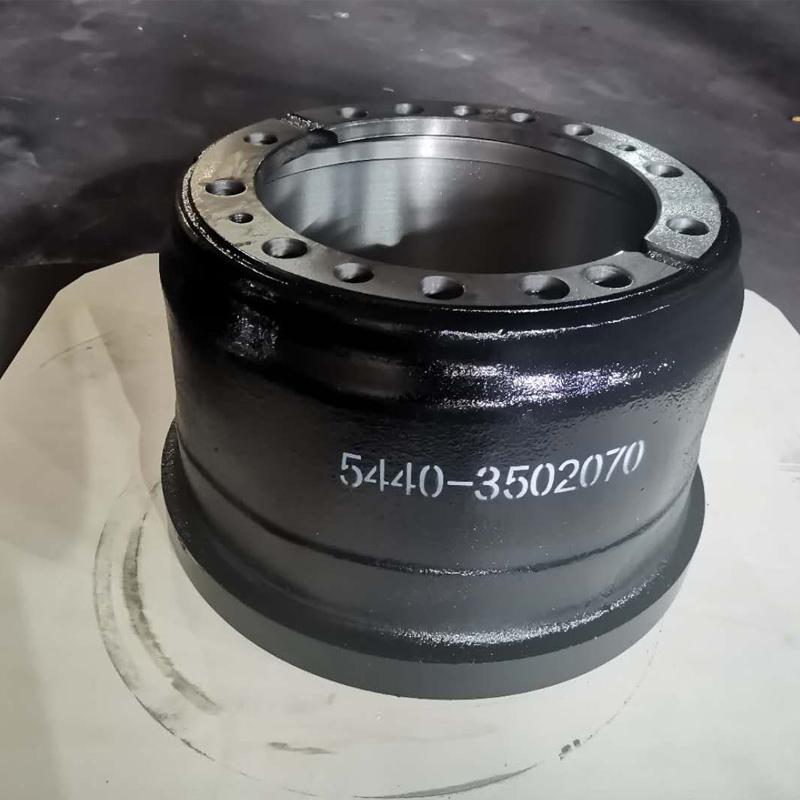Oct . 31, 2024 18:13 Back to list
Understanding Brake Drum Shoes and Their Importance in Vehicle Safety
Understanding Brake Drum Shoes The Unsung Heroes of Automotive Safety
When we think about vehicle safety, our minds often go straight to high-tech features like anti-lock brakes, traction control, and advanced driver-assistance systems. However, beneath the surface, one component plays a crucial yet often overlooked role in ensuring safe braking the brake drum shoe.
Brake drum shoes are part of the drum brake system, which is commonly found in older vehicles and some modern designs, especially in the rear wheels. This system operates using a circular drum connected to the wheel and two curved shoes that press against the drum to create friction. This friction is what slows down or stops the vehicle. Understanding the function and maintenance of brake drum shoes is vital for every driver as it directly impacts vehicle performance and safety.
How Brake Drum Shoes Work
When the brake pedal is pressed, brake fluid is sent into the brake system, causing the brake shoes to expand outward against the inside of the drum. The friction generated between the shoes and the drum surfaces slows the wheel's rotation. This design is particularly effective in providing robust braking force, especially under heavy loads, which makes it popular for trucks and larger vehicles.
Types of Brake Drum Shoes
There are primarily two types of brake drum shoes single anchor and dual anchor. In the single anchor design, one end of the shoe is fixed (anchored), while the other end moves outward when you press the brake. The dual anchor shoes, on the other hand, have both ends anchored but allow the central portion of the shoe to move outwards when needed. Each design has its own strengths and weaknesses, and the choice between them often comes down to vehicle design and intended use.
brake drum shoe

Signs of Worn Brake Drum Shoes
Knowing when to replace brake drum shoes is crucial for maintaining vehicle safety. Common signs of wear include
1. Squeaking or Screeching Noises A high-pitched sound when braking could indicate that the lining material is worn down. 2. Reduced Braking Performance If the vehicle takes longer to stop or feels less responsive when you brake, it could be a sign that the shoes need replacement. 3. Vibration Pulsations felt through the brake pedal can indicate uneven wear or warping of the drum or shoes.
Maintenance and Replacement
Regular maintenance and timely replacement of brake drum shoes are essential for safe driving. Depending on driving habits and conditions, shoes may need to be replaced every 30,000 to 70,000 miles. A professional inspection during routine vehicle check-ups can help identify wear before it becomes a safety issue.
Conclusion
In conclusion, brake drum shoes play a foundational role in ensuring effective braking in many vehicles. With their simplicity and effectiveness, they remain a key component despite the advancements in automotive technology. Understanding their function, recognizing the signs of wear, and ensuring regular maintenance can significantly enhance both vehicle performance and safety. As drivers, we must appreciate and care for these unsung heroes of our automobiles, keeping our journeys safe and secure on the road.
-
Scania Brake Drums: OEM Quality for Optimal Safety & Durability
NewsAug.16,2025
-
R.V.I: Advanced Remote Visual Inspection for Precision
NewsAug.15,2025
-
Discover HYUNDA: Innovative Vehicles, Equipment & Solutions
NewsAug.14,2025
-
R.V.I: Unlock Advanced Insights & Real-time Performance
NewsAug.13,2025
-
Kamaz Brake Drum: Durable & Reliable for Heavy Duty Trucks
NewsAug.12,2025
-
Heavy Duty Iveco Brake Drum - Premium Quality & Safety
NewsAug.11,2025
